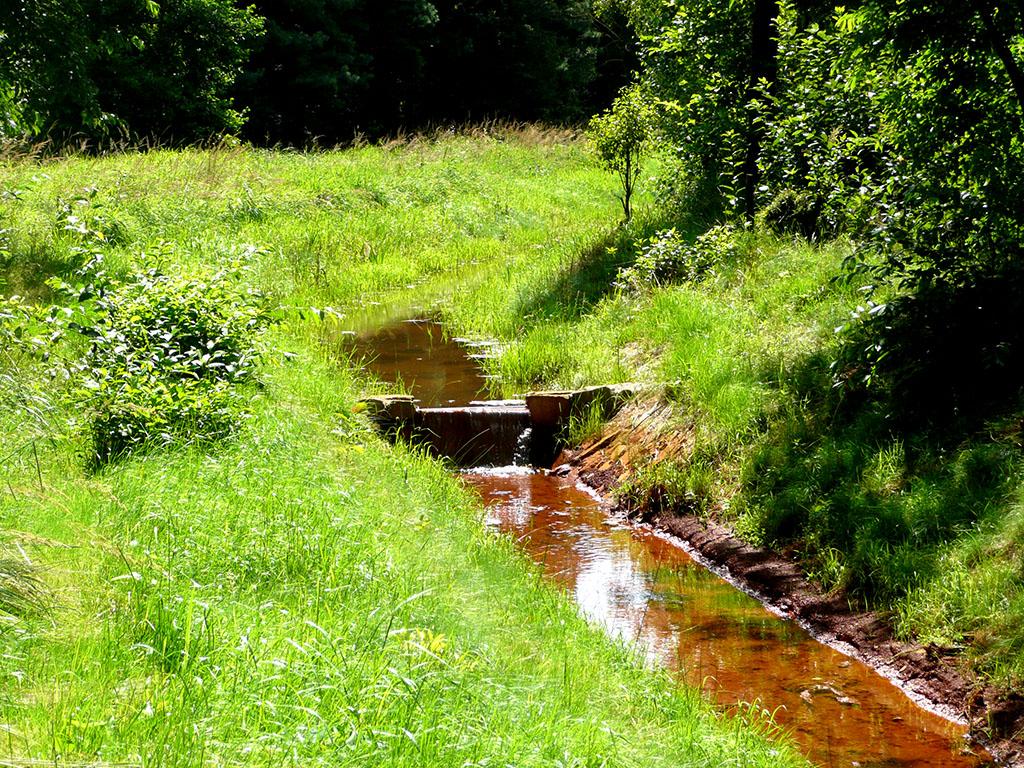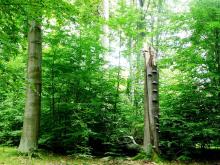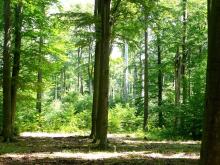 Asset Publisher
Asset Publisher
Forest Management
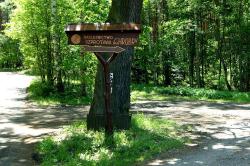 Kierunkowskaz. Fot. Jerzy Wilanowski
Kierunkowskaz. Fot. Jerzy Wilanowski
 Melioracje. Fot. Jerzy Wilanowski
Melioracje. Fot. Jerzy Wilanowski
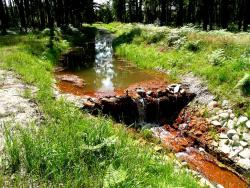 Melioracje. Fot. Jerzy Wilanowski
Melioracje. Fot. Jerzy Wilanowski
Forest economy of the State Forests is executed in accordance with forest management plans prepared for Forest District Inspectorates every 10 years. Forest Management Plan is executed in accordance with instructions published by the State Forests.
Drawing up of Forest Management Plan is preceded by detailed stocktaking of forest resources and assessment of their condition.
Forest management plan includes:
- tasks connected with acquiring of timber, forestation and restocking, maintenance and protection of forests, hunting and creating of forest infrastructure (buildings, roads),
- description of forests and lands designed for forestation,
- analysis of forest economy executed in the previous period,
- wildlife conservation programme.
Forest Management Plan is executed in accordance with instructions published by the State Forests.
Current Forest Management Plan applicable for Szprotawa Forest District is valid for the period from 01.01.2011 to 31.12.2020 and can be found in Public Information Bulletin.
Szprotawa Forest District is divided by a number of watersheds. The Forest District has a large network of drainage ditches (about 300 km), 290 culverts, 59 water gates, 1 permanent overfall located on a water body (areas of protected ecology with area of over 38.65 ha), 2 stone sills, 15 permanent sills (gabion baskets filled with stones), 2 fishing ponds (leased) and 17 small retention water bodies.
 Asset Publisher
Asset Publisher
Jesień
Jesień
Ostatnie ciepłe dni zachęciły czwartoklasistów ze Szkoły Podstawowej nr 1 ze Szprotawy do odwiedzenia lasu na terenie Nadleśnictwa Szprotawa.
Na początku przedstawiliśmy młodzieży Dęba Chrobrego - największy w Polsce dąb szypułkowy.
Z Piotrowic przejechaliśmy na Szkółkę Leśną w Krzywczycach. Tam pokazaliśmy 4c i 4e gdzie las ma swój początek.
Najwięcej zalesień wykonujemy wiosną, ale jesień to także czas sadzenia lasu.

Uczniowie mieli okazję zobaczyć sadzonki przygotowane do wyjazdu na nowozakładane uprawy leśne.
A za szkółką, oprócz polskich drzew – sosny, świerka, jodły i modrzewia – gatunek obcy – daglezja.
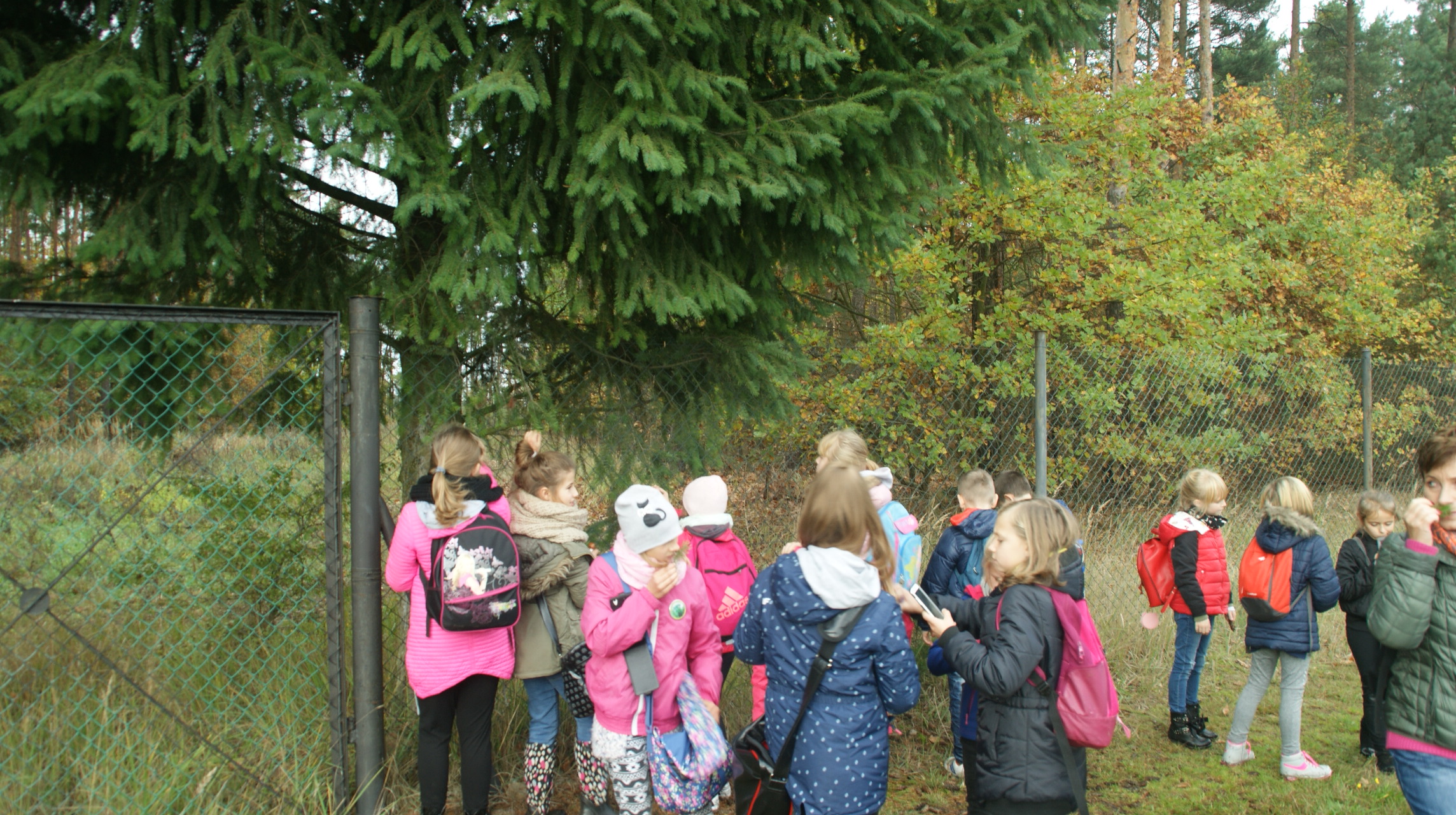
Czym pachną daglezjowe igły?
Po obejrzeniu gęsto rosnących sadzonek na szkółkowych kwaterach poszliśmy na spacer na uprawę założoną tej wiosny. Na powierzchni dzieci zobaczyły w jakiej odległości należy sadzić od siebie drzewa, aby wyrósł z nich las.

Na zakończenie wycieczki kiełbaski upieczone samodzielnie na ognisku smakowały wybornie.

Zapraszamy do współpracy!
Tekst: Anita Ciasnocha
Zdjęcia: Konrad Werk


